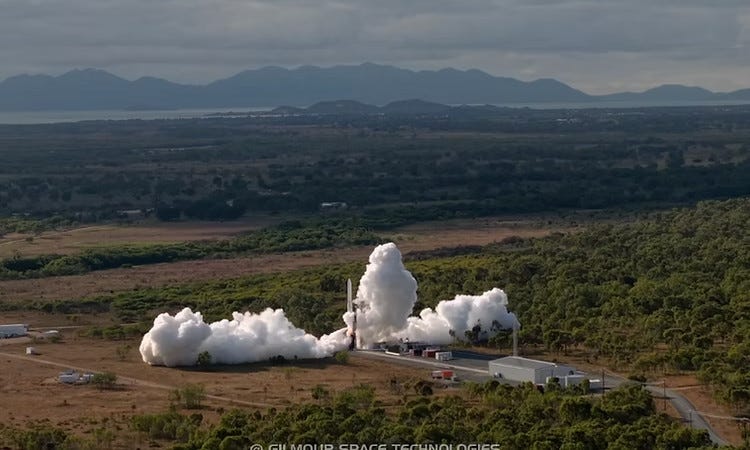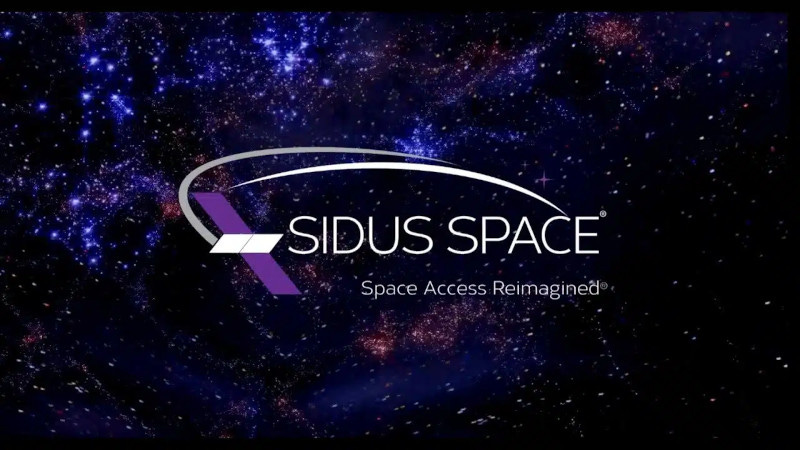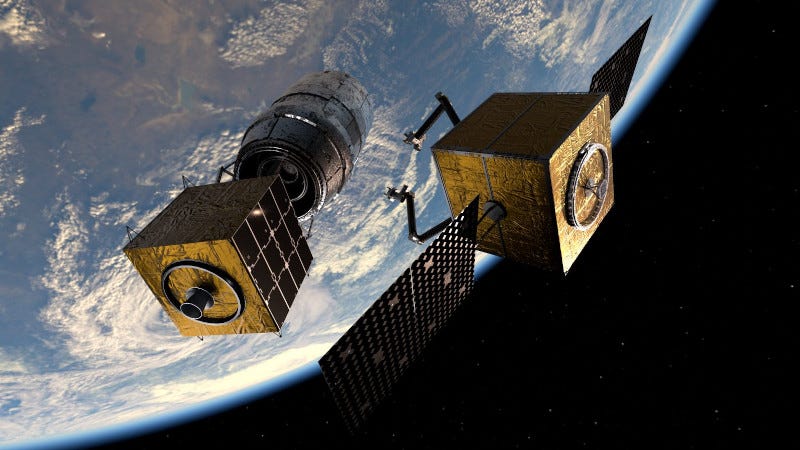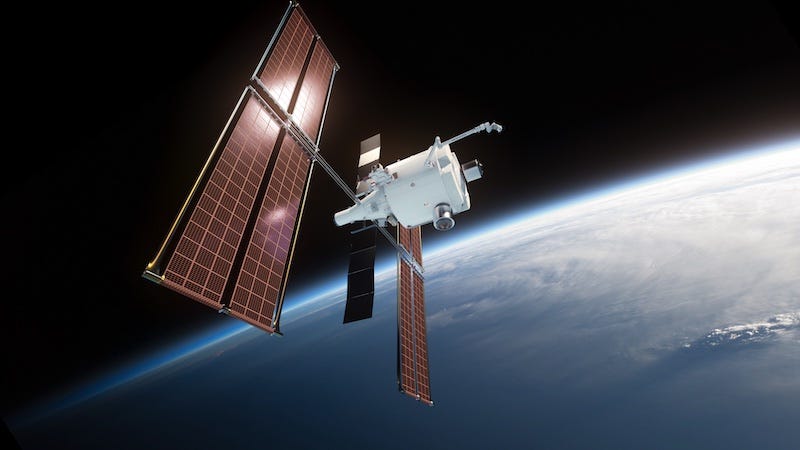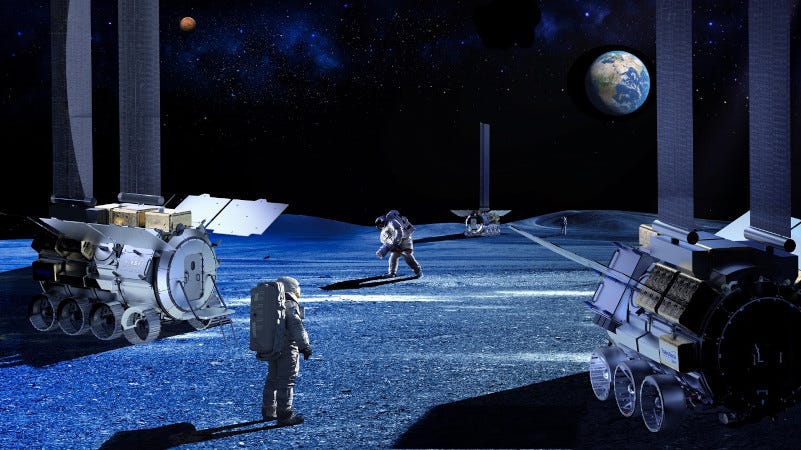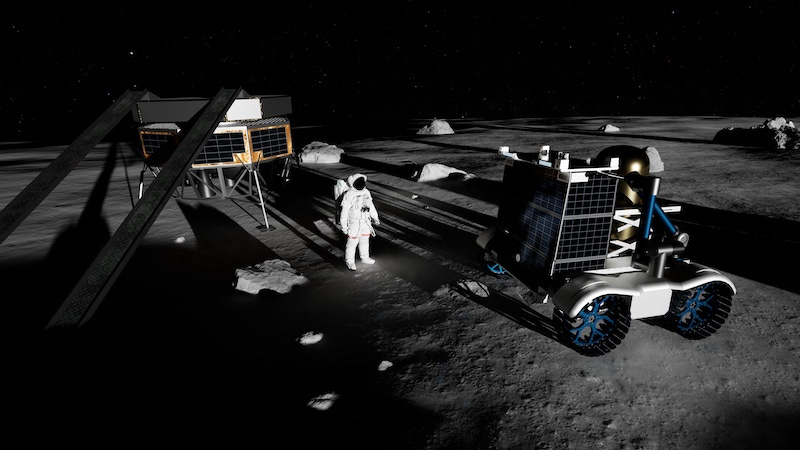The maiden test launch of Australia's first locally designed and built orbital rocket was conducted Wednesday by Gilmour Space Technologies, marking a major milestone toward offering low-cost, responsive launch services for small satellites.
The 75-foot, 30-metric ton Eris rocket, powered by new hybrid propulsion technology, successfully lifted off from the Bowen Orbital Spaceport in North Queensland, achieving approximately 14 seconds of flight. An apparent anomaly with one of the primary first stage engines caused the rocket to lose thrust and impact terrain. There were no injuries associated with the incident.
The TestFlight 1 campaign was the first integrated attempt of an orbital-class rocket designed and built entirely in Australia. It also marked the first use of the newly licensed Bowen Orbital Spaceport — Australia's first commercial orbital launch site, built by Gilmour Space to support future missions.
Eris was developed almost entirely in-house — including propulsion, structures, avionics, software, and the spaceport itself — on a fraction of the budget available to most global launch companies.
Initial data confirms that key systems performed well until the anomaly, including ignition, liftoff, first-stage thrust, range tracking and telemetry. The team is now reviewing flight data to understand the cause of the anomaly that led to early termination, with lessons already being applied to the next vehicle, which is in production.
-0-
Public and private stock sales were prominent this week. The recent Sidus Space public stock offering of 7,143,000 shares of its Class A common closed Tuesday, according to a company news release. Each share of Class A common stock was sold at a public offering price of $1.05 per share for gross proceeds of approximately $7.5 million, before deducting the placement agent’s fees and offering expenses. All of the shares of common stock were offered by the company.
The company intends to use the net proceeds from the offering for a variety of corporate functions, including sales and marketing; operational costs; product development; manufacturing expansion, and; working capital and other general corporate purposes.
ThinkEquity acted as sole placement agent for the offering.
-0-
Meanwhile, a series of strategic financial transactions designed to optimize capital structure, reduce future interest obligations, and manage potential dilution have been announced by AST SpaceMobile.
The company has priced a private offering of $500 million in aggregate principal amount of 2.375% convertible senior notes due in 2032. The notes are convertible into shares of Class A common stock at an initial conversion price of $72.07 per share, representing a 20% premium over the closing price of $60.06 on July 24, 2025. Initial purchasers have been granted an option to purchase up to an additional $75 million in notes.
To mitigate potential dilution, AST SpaceMobile has entered into capped call transactions with a cap price of $120.12 per share. Net proceeds from the offering are expected to be approximately $486.9 million (or $560 million if the option is exercised in full), with $47 million allocated to the capped call transactions. The remaining proceeds will be used for general corporate purposes.
In a concurrent transaction, AST SpaceMobile is repurchasing $135 million in principal amount of its existing 4.25% convertible senior notes due in 2032. This repurchase will eliminate approximately $37.8 million in future interest payments and remove approximately 5 million shares from potential dilution.
-0-
Coming up, a space debris removal patent, and designing a lunar habitat. But right now, why not take a minute to become a paid subscriber to The Journal of Space Commerce. Whether you’re a space professional, investor or an enthusiast, paid subscribers have first access to premium articles and podcasts focused on the new space economy. Just visit www.exterrajsc.com on Substack, and help keep The Journal of Space Commerce independent as we chronicle, cajole and, when necessary, critique the commercial space industry.
-0-
As low Earth orbit becomes increasingly congested with aging satellites and fragmented debris, and new satellites being launched at an accelerating pace, Astroscale has been issued a U.S. Patent for its “Method and System for Multi-Object Space Debris Removal.” This patented innovation offers a sustainable and cost-effective distributed architecture approach to active debris removal (ADR), allowing for scalable, repeatable ADR operations and controlled reentry of multiple debris objects.
Under this new patented method, the servicer docks with a debris object (the “client”) and transfers it to a reentry shepherd vehicle in a lower orbit. Once the client is docked with the shepherd, the servicer separates and proceeds to engage a new client, while the shepherd safely guides the initial client into Earth’s atmosphere for reentry. This process repeats, allowing the servicer to remove multiple large debris objects over the course of its mission.
Astroscale’s architecture also supports flexible mission profiles: the shepherd can remain docked through reentry, undocked after performing reentry insertion and returned to orbit, or in some cases, missions can proceed without a shepherd vehicle at all. This adaptability is essential in addressing the diverse size and risk profile of objects in orbit.
Check out an in-depth article on Astroscale on The Journal of Space Commerce on Substack at www.exterrajsc.com.
-0-
Staying in low Earth orbit for a moment, a strategic partnership has been formed between Starlab Space and Journey that will help shape the interior and experiential design of the next-generation commercial space station. Journey joins Hilton and Airbus in developing a station environment that elevates how astronauts live and work in orbit.
Journey brings a portfolio of high profile projects, including the Sphere in Las Vegas. The design agency will work closely with Hilton, one of the original strategic partners in the Starlab program, designing the Starlab hospitality and crew experience.
This collaboration focuses on enhancing everyday life in orbit. By combining narrative design, digital infrastructure and spatial layout, Journey will help ensure Starlab functions as both a cutting-edge research platform and a welcoming, livable habitat.
-0-
Now, on to the moon. With an international goal of establishing a long-term human presence on the lunar surface, a contract to conduct the preliminary design phase for a pressurized Multi-Purpose Habitation (MPH) module for the lunar surface has been awarded to Thales Alenia Space by the Italian Space Agency (ASI). The scope of work includes development of critical enabling technologies for the habitat.
Planned for launch from NASA’s Kennedy Space Center in 2033, the MPH module will be the first ever dedicated habitation asset on the lunar surface as part of the Artemis Accords between NASA and ASI for bilateral Moon cooperation. The MPH module will safely host astronauts during their missions, support surface operations, enable scientific research experiments both with and without the presence of a human crew; and have the capability to move on the surface.
Designed for a minimum operational lifespan of 10 years, the MPH will serve as a permanent surface habitat, capable of operating synergistically with other elements of the Artemis architecture. The initial development will focus on enabling technologies aimed at facing the harsh environmental conditions on the lunar surface, including extreme thermal variations, pervasive lunar dust, high radiation levels, micrometeoroid impacts, and the effects of reduced lunar gravity.
-0-
And when it comes to getting around on the moon ... the Canadian Space Agency has awarded three contracts totaling $14.6 million to advance the development of the new Canadian lunar utility rover. This investment marks the beginning of a long-term project that will draw on the skills and determination of experts across the country.
Canada's utility rover is set to provide critical assistance to astronauts and support operations, including transporting cargo and performing logistics and construction duties on the Moon. Over the next 18 months, Canadensys Aerospace Corporation, MDA Space and Mission Control Space Services will conduct preparatory studies to assess different options for the rover, including potential capacities depending on different sizes and scope.
MDA Space has been selected by the CSA as the team leader on the program. The study will focus on mission architecture, technology options and risk assessments, ensuring that the technologies required for future lunar logistics and mobility are mission ready. This phase follows on the heels of a successful autonomous lunar surface demonstration by the MDA Space team at the Canadian Space Agency in December 2024.
-0-
And those are some of the top stories we covered for you on The Journal of Space Commerce this week. Space Commerce Week is a production of Ex Terra Media. You can get daily updates on space commerce by subscribing to The Journal of Space Commerce on Substack at www.exterrajsc.com. And please consider becoming a paid subscriber. Whether you’re a space professional, investor or an enthusiast, paid subscribers have first access to premium articles and podcasts focused on the new space economy. Just visit www.exterrajsc.com and help keep The Journal of Space Commerce independent as we chronicle, cajole and, when necessary, critique the commercial space industry.
Theme Stock Music provided by CoolTones, from Pond5
You Might have Missed:
NASA TechLeap Prize Awarded to SpaceWorks Enterprises
Seed Funding Announced by Cascade Space
First Blue Ring Mission Planned by Blue Origin, Scout Space





